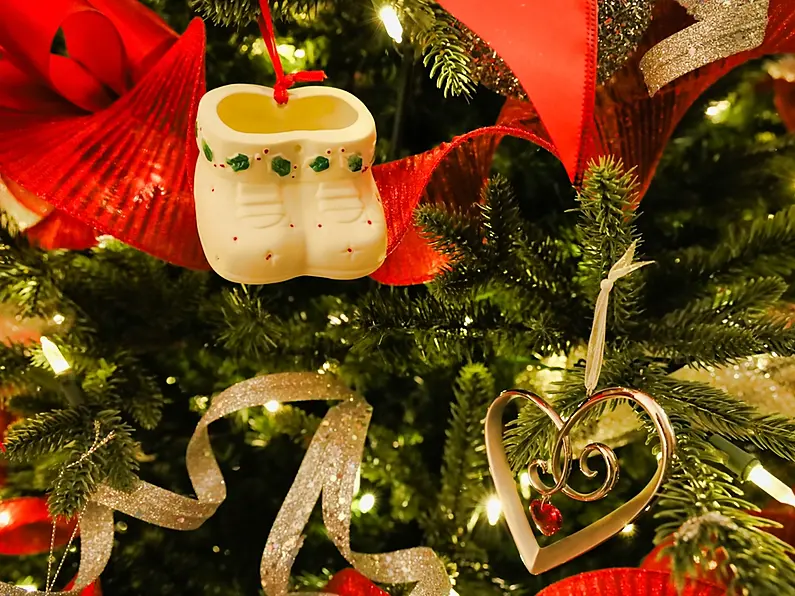When should I introduce a soother?
If you are breastfeeding, it is recommended that you wait until breastfeeding is firmly established before introducing a soother.
This usually occurs around three to four weeks post birth, to allow you to learn your baby’s routine and cues.
Some babies take to a soother straight away, while for others you may have to offer it a few times before they take to it.
It's totally fine if your baby doesn't want to use a soother at all.
Start by offering your baby a soother at each nap time and at bedtime to get them used to using it for soothing themselves to sleep.
7 safety tips for your baby's soother
- Don't force it: You should never force your baby to take a soother. If the soother falls out after your baby falls asleep, don't put it back in.
- Don't substitute: Make sure all your baby’s other needs have been met before offering a soother, for example that they’re full and that their diaper is dry.
- Clean and sterilise: Clean & sterilise the soother frequently with soap and hot water, rinsing thoroughly.
- Check for damage: Check for damage before each use as even babies with no teeth can have very firm gums that can cause damage to the soother.
- Replace: Replace your soother every 1-2 months.
- Orthodontic-approved: Make sure you choose a soother that has a thin and flexible teat neck to help minimise the pressure put on baby’s jaw, allow for great mouth closure, and to help them to retain it.
- Be cautious: Never attach a soother to the cot, pram, playpen or buggy, or hang it around your baby’s neck or wrist with a ribbon, string or cord.
Soothers aren't forever
When the time comes to wean your little one off their soother, you could be in for trouble!
But don't worry, were have you covered with these top tips for weaning your baby off a soother.







